Originally, Final Fantasy was meant to be just as the name suggests, “final”. In the late ‘80s, Japanese developer Square was on the verge of bankruptcy. With such dire circumstances looming, nobody ever expected that Final Fantasy would go on to pull the company out of financial ruin and become one of the most influential RPG franchises in video game history.
With the release of Final Fantasy XIV: Endwalker and the Pixel Remasters putting the series in the limelight once again, let’s rank the 15 mainline Final Fantasy games from worst to best.
Final Fantasy II
Release: 1988 (JPN), 2003 (NA)
Back during the days of the NES, sequels were far more experimental. In the case of Final Fantasy II, this experimental mindset led to some drastic changes.
While inventive, these changes needed far more polish. For instance, leveling up stats was so unbalanced that players would attack their own party members in order to increase particular stats.
Despite certain elements being broken, FFII did introduce series staples like Chocobos and Cid. Plus, the keyword system made players an active participant in conversations with non-player characters. Unfortunately, the game’s problems far outweigh what it does right.
 Square Enix
Square EnixFinal Fantasy
Release: 1987 (JPN), 1990 (NA)
Back in 1987, Final Fantasy was revolutionary. Along with Dragon Quest, the game set the standard for RPGs. It introduced the party system, class-based character progression, and plots more ambitious than just saving the princess.
Even more influential, Final Fantasy moved away from using first-person for combat. Instead, it used the now iconic setup of the player’s party on the right of the screen and enemies on the left.
Sadly, for everything that Final Fantasy did for the genre, time has not been kind to this NES classic. As the years go on, the game’s faults — mainly those that cause boredom — get harder to forgive.
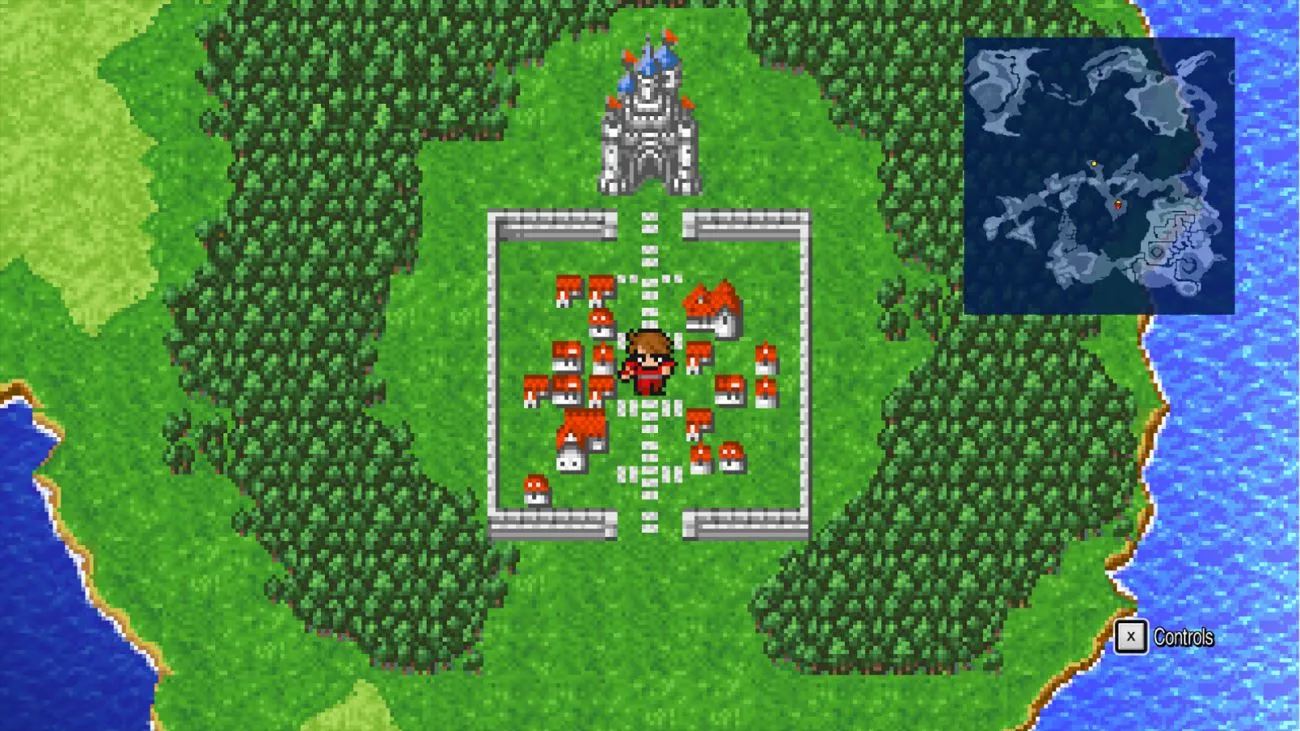 Square Enix
Square EnixFinal Fantasy XIII
Release: 2009 (JPN), 2010 (NA)
When it comes to combat and presentation, Final Fantasy XIII stands among the best in the series. From the realistic character models to beautifully realized techno-organic world, the graphics are stunning. While there’s a bit of a learning curve, FFXIII’s unique take on combat is highly versatile. Being able to change each party member’s role at any point in battle allows players to adjust for whatever situation the game throws at them.
Unfortunately, these bright spots get overshadowed by FFXIII’s larger problems. Chief among them is the game’s linearity. While there is nothing wrong with a linear story-driven game, it becomes a point of contention when over half the game restricts the player’s movement to a straight line. Combine that with a non-sensical story and an unlikable cast — and you have the biggest misfire in franchise history.
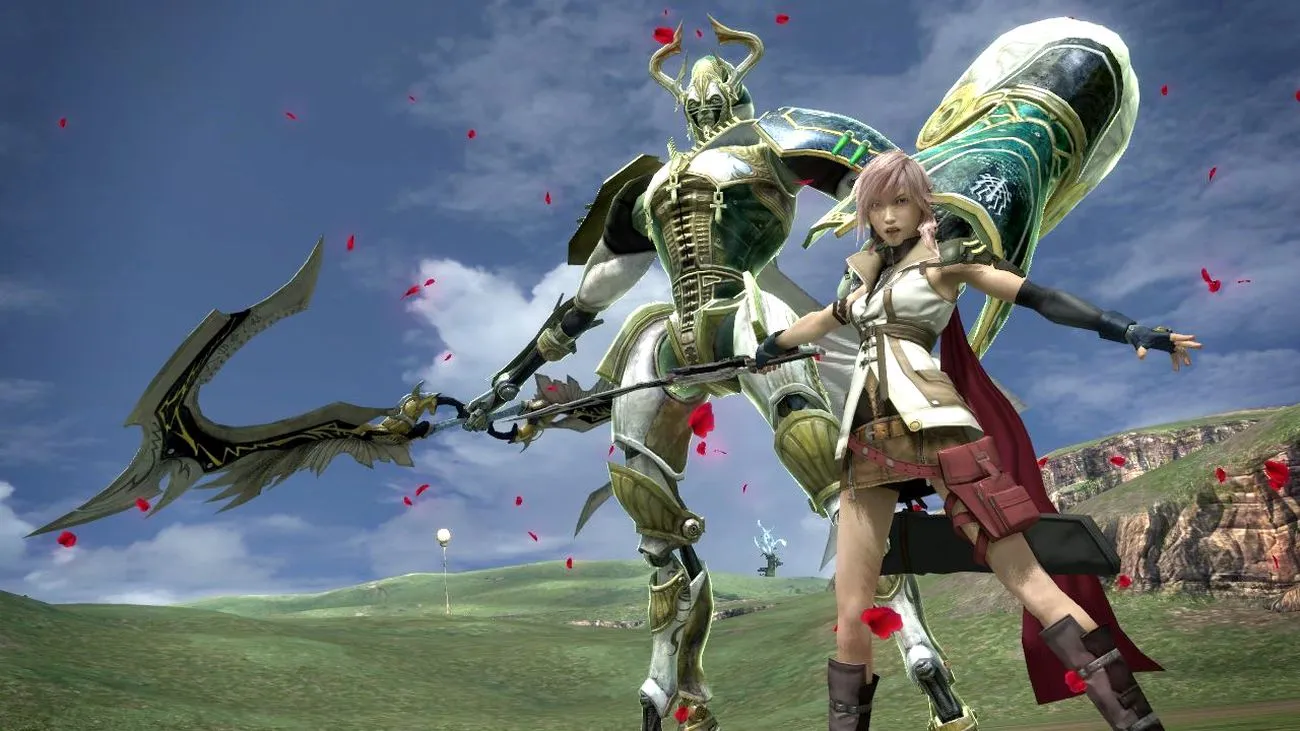 Square Enix
Square EnixFinal Fantasy III
Release: 1990 (JPN), 2006 (NA)
For better or worse, Final Fantasy III feels like a direct sequel to the first game. As such, it ditches FFII’s focus on narrative in order to flesh out the gameplay. Most importantly, it introduces the job system and summons.
While summoning giant monsters is cool and all, the job system created an environment of endless experimentation. If you were having trouble with a dungeon or boss, a new selection of jobs offered another avenue to victory. Considering the game’s difficulty, you needed all the help you could get.
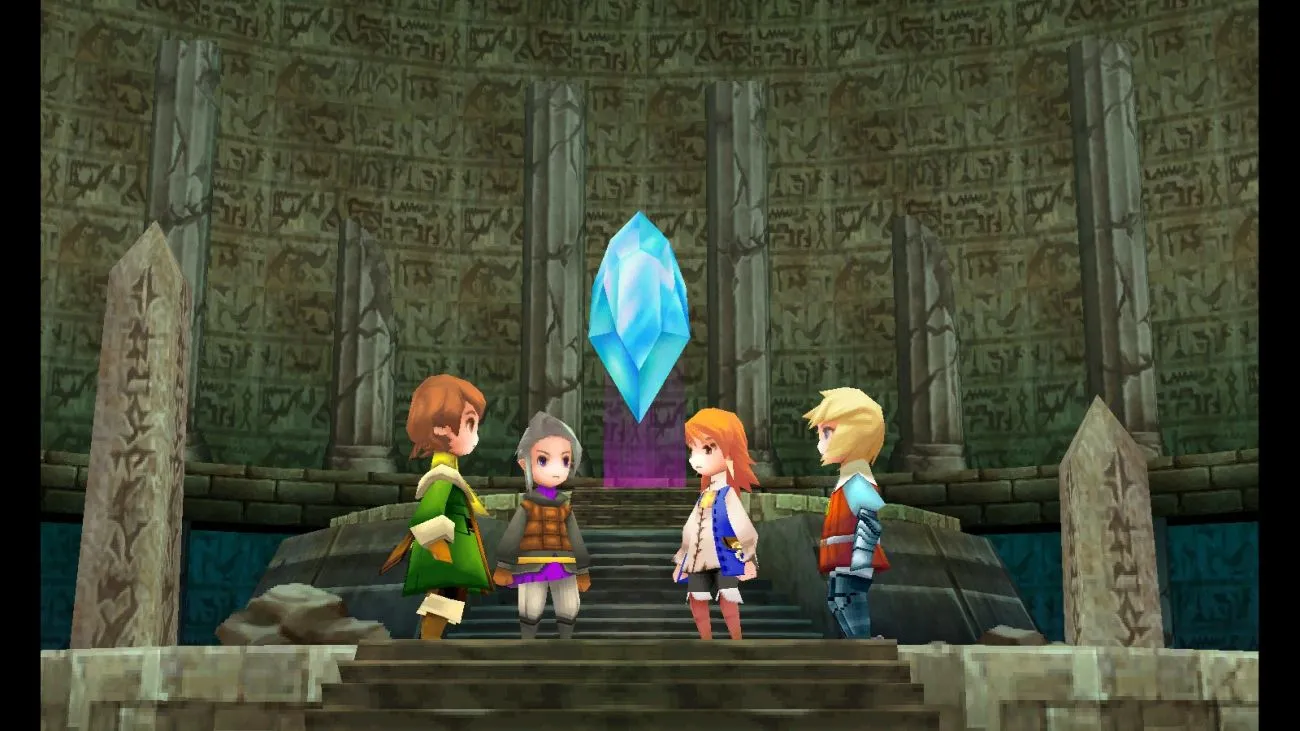 Square Enix / Matrix Software
Square Enix / Matrix SoftwareFinal Fantasy XV
Release: 2016
Starting life as Final Fantasy Versus XIII in 2005, this game would eventually reach store shelves in 2016 as Final Fantasy XV. With an 11-year development cycle, it makes sense to have reservations about the game’s quality. However, FFXV got out relatively unscathed.
In fact, FFXV is one of the most ambitious entries in the series. First, it drops the turn-based combat from past games in favor of real-time battles similar to Kingdom Hearts. Second, the game is set in a huge open world that dwarves the overworlds of past entries.
However, there are a few issues. Namely, a story that expects players to take in all its supplementary material and a jarring shift in gameplay during the final act.
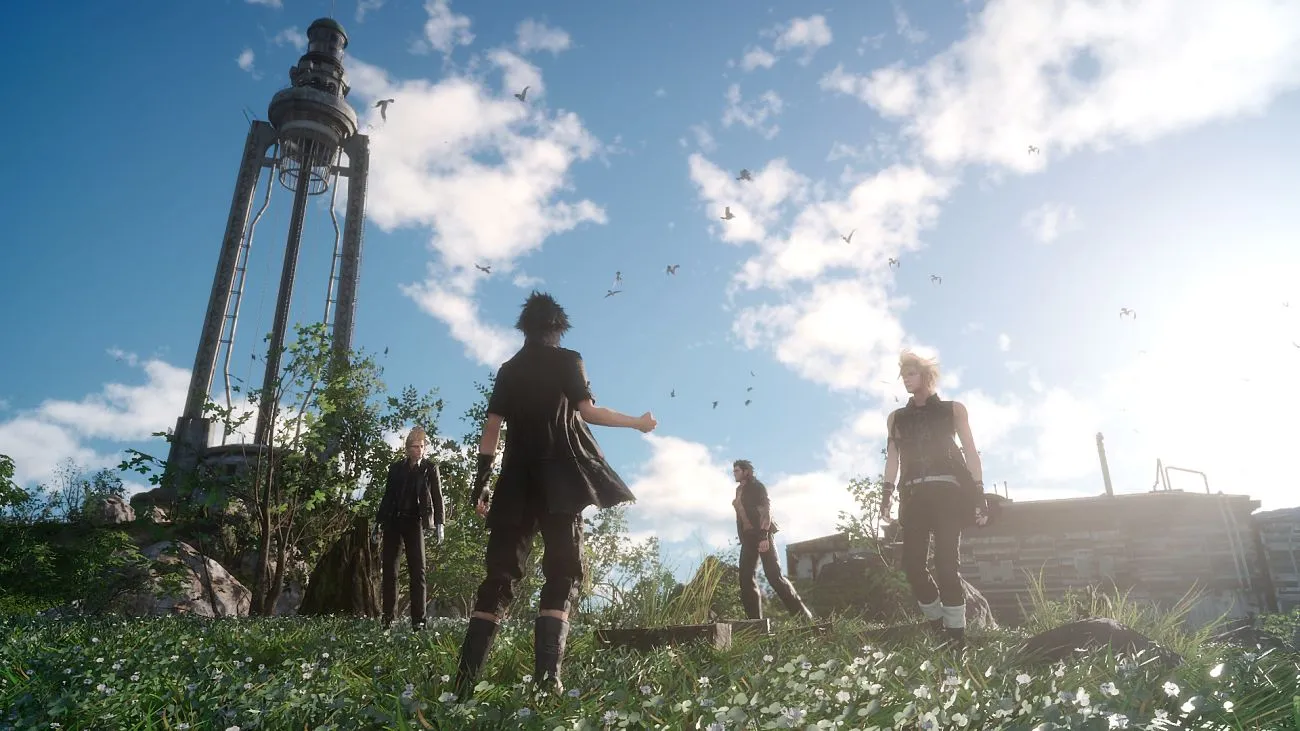 Square Enix
Square EnixFinal Fantasy VIII
Release: 1999
Final Fantasy VIII may be one of the hardest games to place on this list. That’s because you either love it or you hate it. In fact, the game is so divisive that wrestling fans are warring over its quality.
Be it placing a larger focus on summons or the fact that enemies get stronger as you level up, FFVIII makes some bold decisions. While not all of those decisions land, they do come together to create one of the most unique entries in the series.
 Square Enix
Square EnixFinal Fantasy XI
Release: 2002 (JPN), 2003 (NA)
Since the game encompasses nearly 14 years of content, it’s hard to boil Final Fantasy XI down into a succinct overview. While the game may have started as massively multiplayer online (MMO) RPG along the lines of EverQuest and Ultima Online, it grew in surprising ways through its five expansions, six add-ons, and countless updates.
The fact that people still play FFXI to this day just shows how well made the game is.
 Square Enix
Square EnixFinal Fantasy XIV
Release: 2010
Arguably, there is no video game redemption story that compares to Final Fantasy XIV.
Upon release in 2010, FFXIV was an embarrassment. Plagued with bugs, uninspired gameplay, and horrible design, fans were in disbelief. It was a big blow to the series, especially after the disappointment of FFXIII. However, utter disaster was only the beginning of the game’s journey.
Three years later, Square Enix would reboot FFXIV with A Realm Reborn. A Realm Reborn addressed all the problems from the original release, all while laying the groundwork for future growth and improvement. Following four successful expansions, FFXIV has proven to be a rich experience worth anybody’s time.
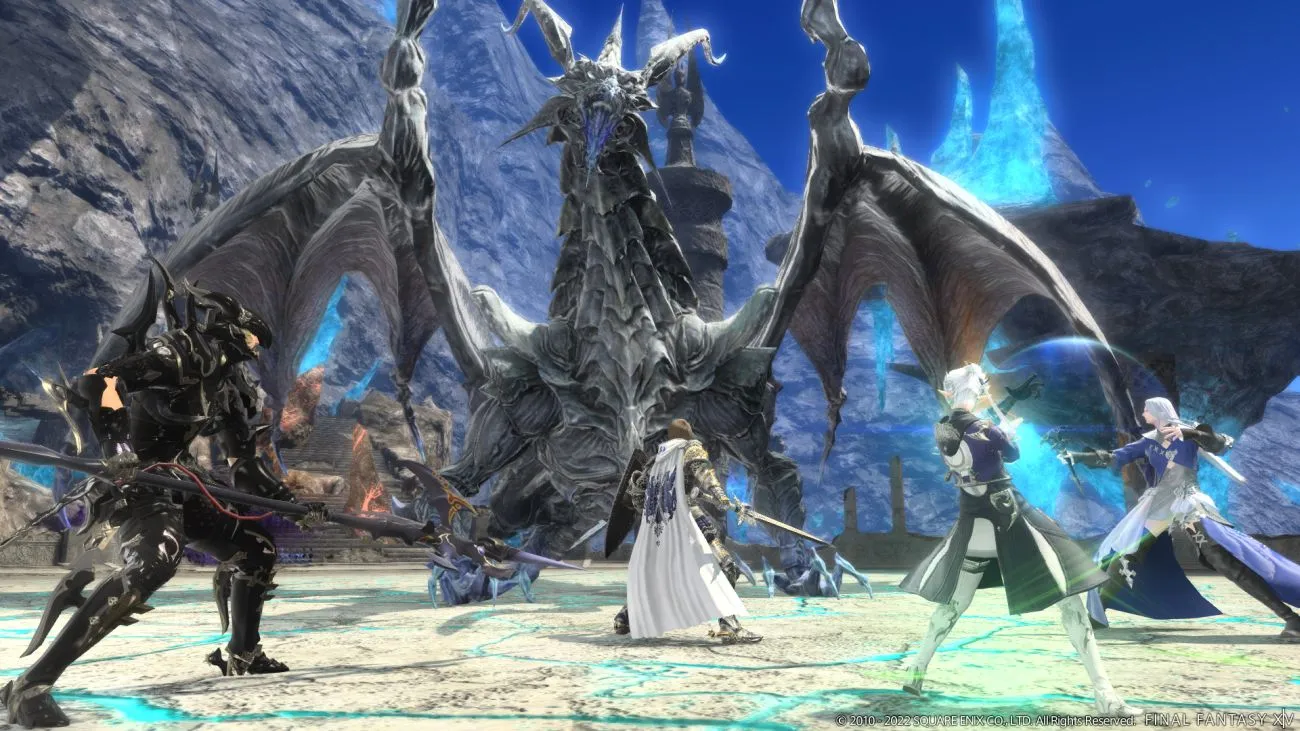 Square Enix
Square EnixFinal Fantasy X
Release: 2001
Let’s get this out of the way first. From the voice acting to lip syncing, Final Fantasy X’s English dub is laughably bad. In some cases — Yuna and Tidus’ laughing scene — it’s so bad that you’ll be embarrassed to be playing it.
FFX makes up for its failings in presentation with a poignant story, an excellent battle system, and engaging progression. As the last entry to feature traditional turn-based battles, the game holds a special place in many fans’ hearts.
 Square Enix / Virtuos
Square Enix / VirtuosFinal Fantasy XII
Release: 2006
Back in 2006, Final Fantasy XII’s melding of MMORPG game mechanics with a single-player experience was divisive at best. However, as these systems became more commonplace in RPGs, people have grown to love the game’s bold direction.
FFXII’s biggest change came in the form of the Gambit system. Since you could no longer control party members in battle, this system allowed players to set precise behaviors for their AI companions. Ranging from healing party members when they’re below a certain HP threshold or targeting specific enemy types, these behaviors gave players an incredible level of flexibility when approaching combat. A level of flexibility that no Final Fantasy has ever replicated.
 Square Enix
Square EnixFinal Fantasy V
Release: 1992 (JPN), 1999 (NA)
You may have noticed that the first handful of mainline Final Fantasy games follow a pattern. Odd numbered entries focus on mechanics, while even numbered titles go all-in on story.
Following with this pattern, Final Fantasy V spends all its energy refining the job system to near perfection. The most ingenious addition is that party members can keep some abilities from their other jobs. This addition gives players even more freedom when it comes forming strategies for combat.
Unfortunately, this high-level of refinement comes at the expense of the game’s story and characters. But, for some, that may be a small price to pay for one of the best Final Fantasy games mechanically.
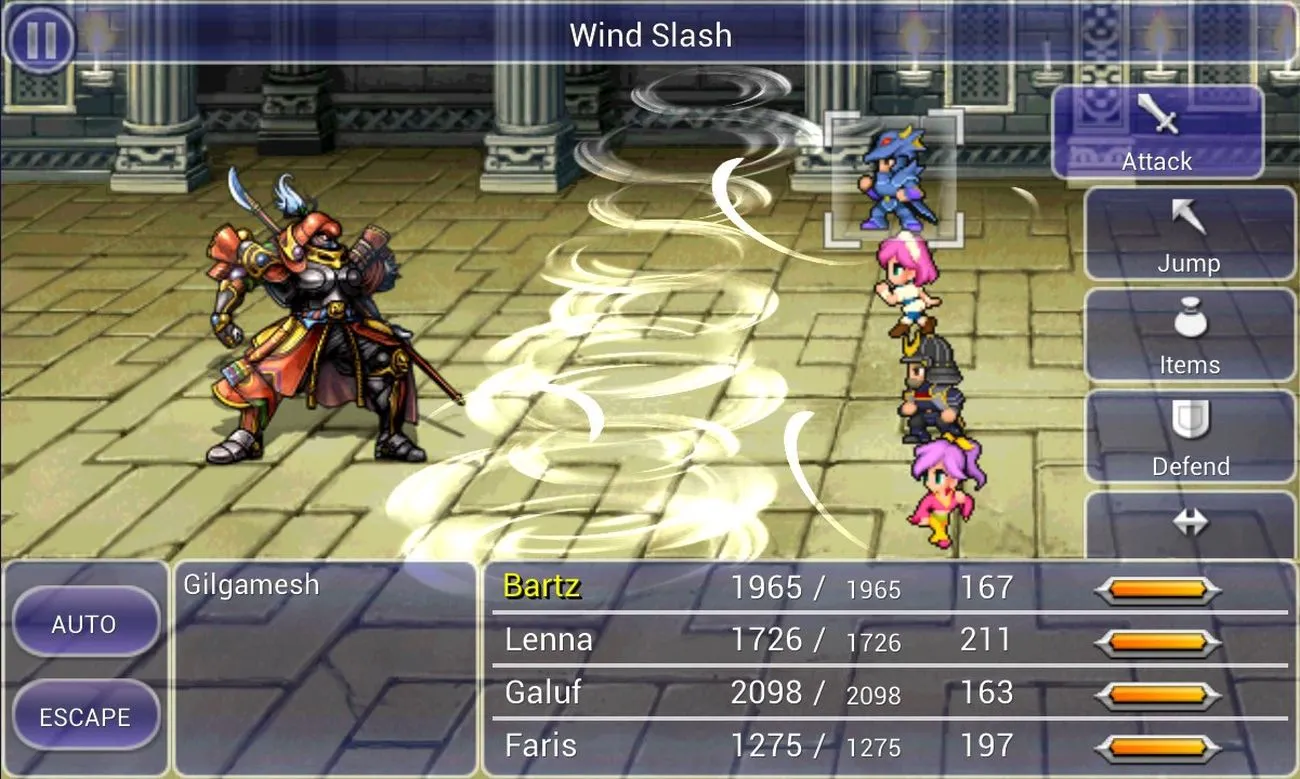 Square Enix / Matrix Software
Square Enix / Matrix SoftwareFinal Fantasy IX
Release: 2000
As the last entry for the original PlayStation, Final Fantasy IX feels like the culmination of the series leading up to that point.
FFIX blends the medieval fantasy of the early games with the advances in character development and gameplay from the latter titles. The result is a game that pays tribute to the past, while simultaneously making its mark on the present. And that mark includes stunning graphics, a stellar cast, and wonderful callbacks to the original Final Fantasy.
 Square Enix
Square EnixFinal Fantasy IV
Release: 1991
You can’t understate the importance of Final Fantasy IV to the franchise as a whole.
Its epic character-driven story set the stage for the more complex narratives of future entries. The active-time battle (ATB) system added an element of danger to turn-based battles as players nervously waited for a character’s bar to fill. In fact, the ATB system would be so successful that the series would use it for the next five games and some spinoffs.
While FFIV set the series up for greater success, many consider it far too brief and linear for its own good.
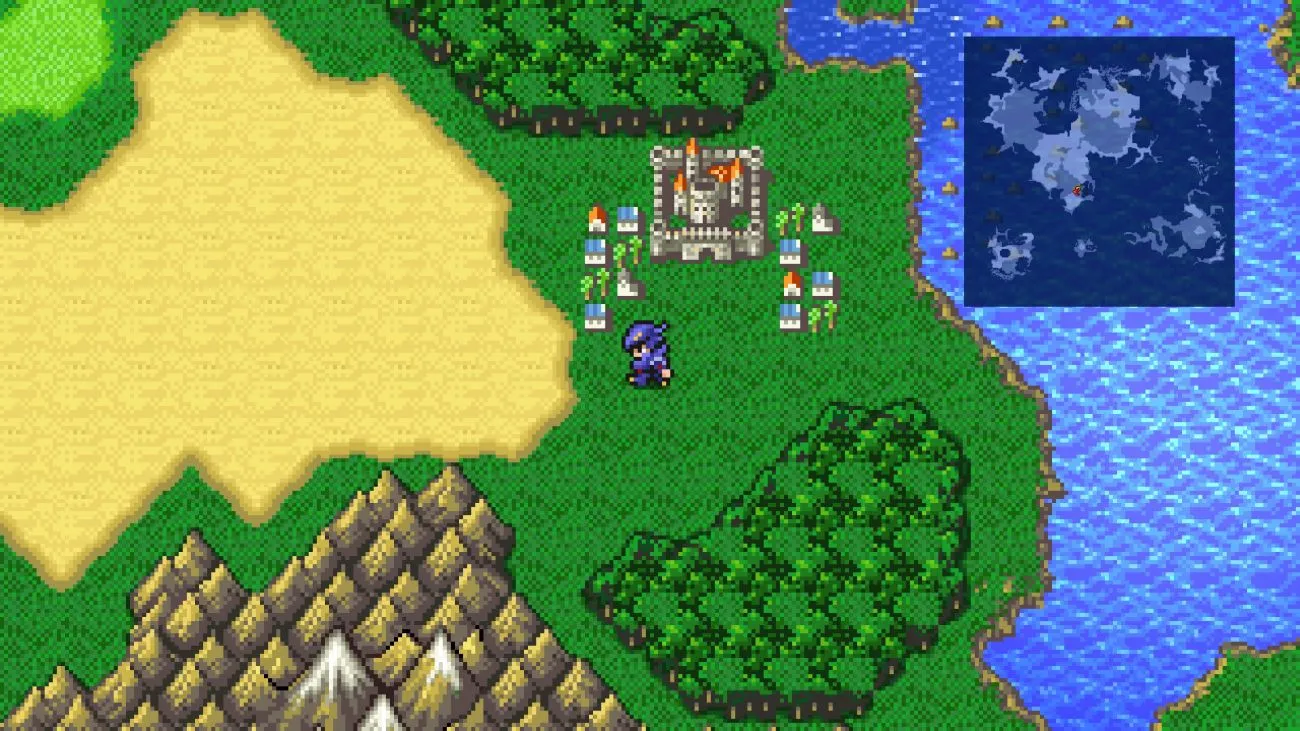 Square Enix
Square EnixFinal Fantasy VII
Release: 1997
In the same way that you can’t understate Final Fantasy IV’s importance to the series, you can’t downplay how Final Fantasy VII launched the franchise — and JRPGs as a whole — into the mainstream.
Despite time not being kind to certain parts of the game — namely the graphics — many still hold FFVII in high regard. And it’s not hard to see why.
FFVII has an incredibly compelling story with a twist that brought people to tears, a beloved cast of characters, and an approachable magic system.
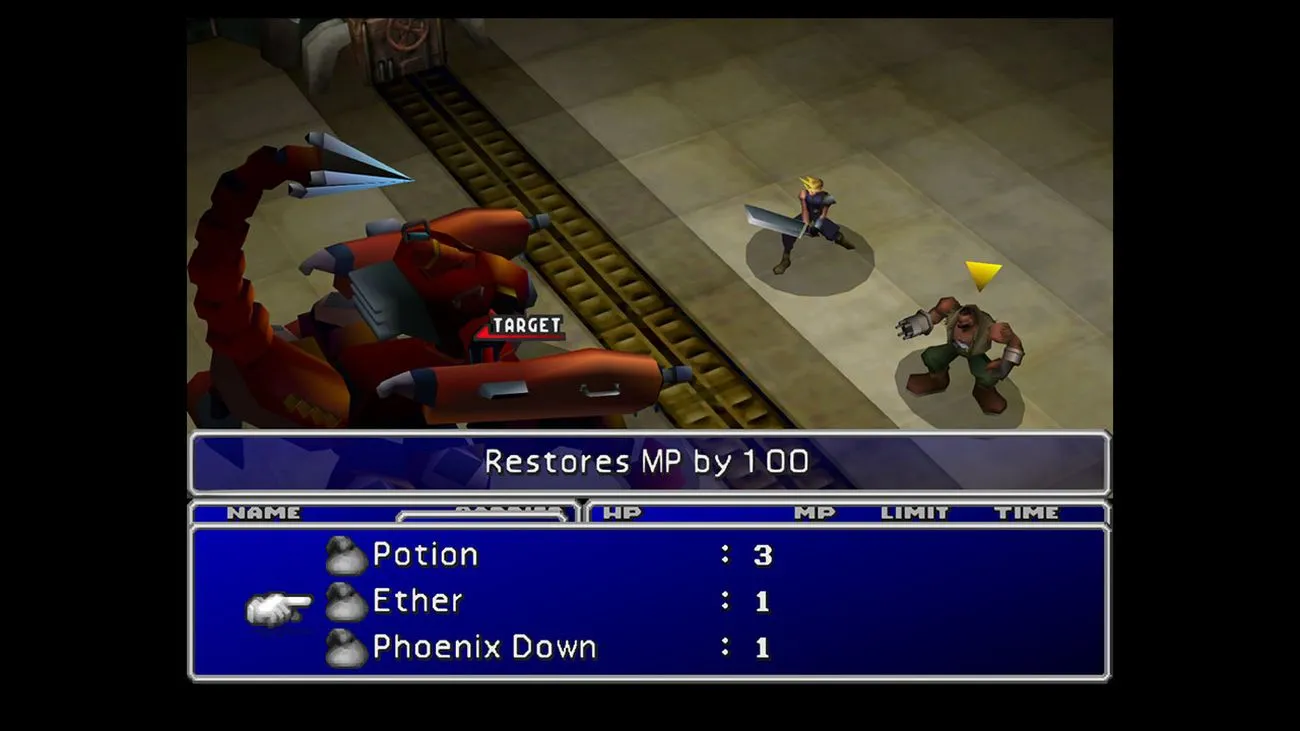 Square Enix / Dotemu
Square Enix / DotemuFinal Fantasy VI
Release: 1994
Most Final Fantasys get their fair share of praise and criticism. However, none are as universally acclaimed as Final Fantasy VI.
From its opening moments, FFVI grabs your attention with its beautiful music, expressive sprites, and gripping narrative. As you dive further into this 16-bit masterpiece, you’ll find an enthralling cast of heroes and villains — which includes the scene-stealing antagonist Kefka — a widely customizable battle system, and a world that rewards players for investing their time. Even better, FFVI leverages both linear and open world design to keep the game engaging for its entire runtime.
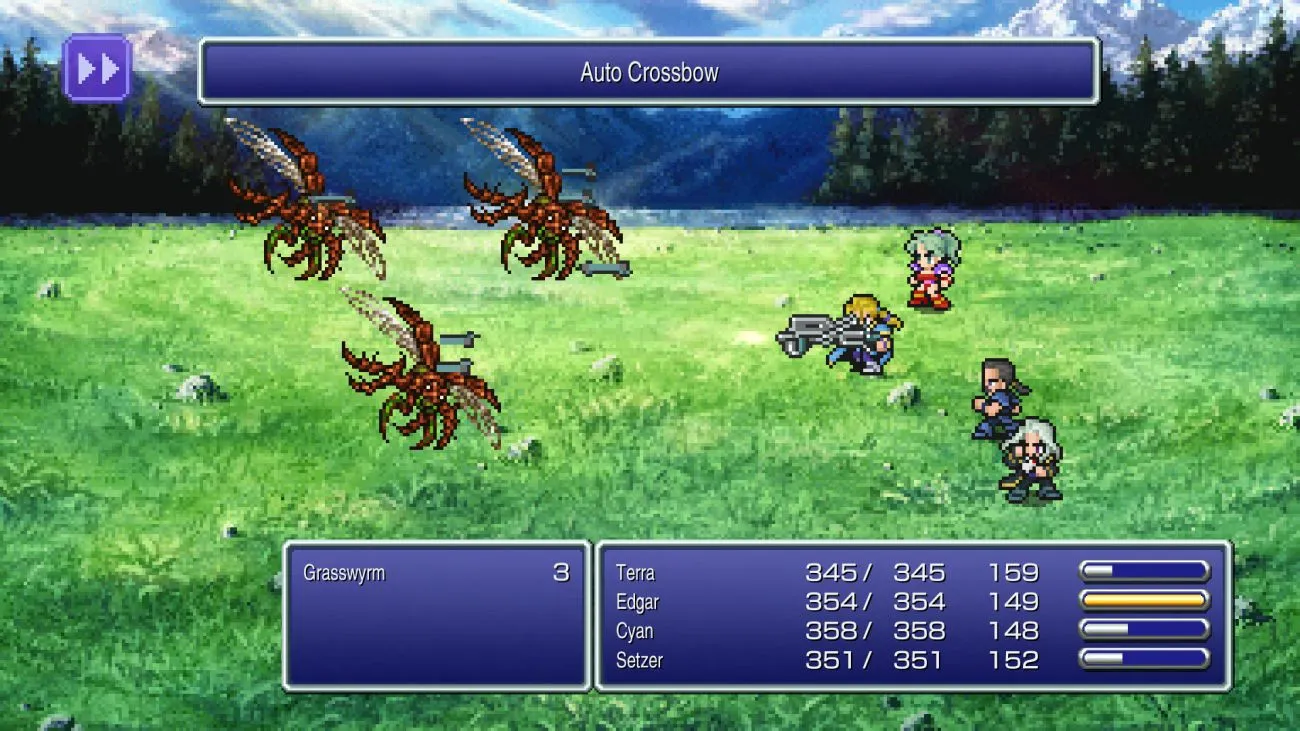 Square Enix
Square Enix